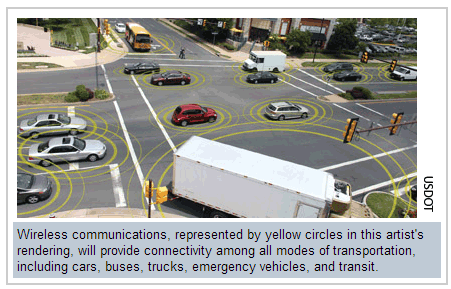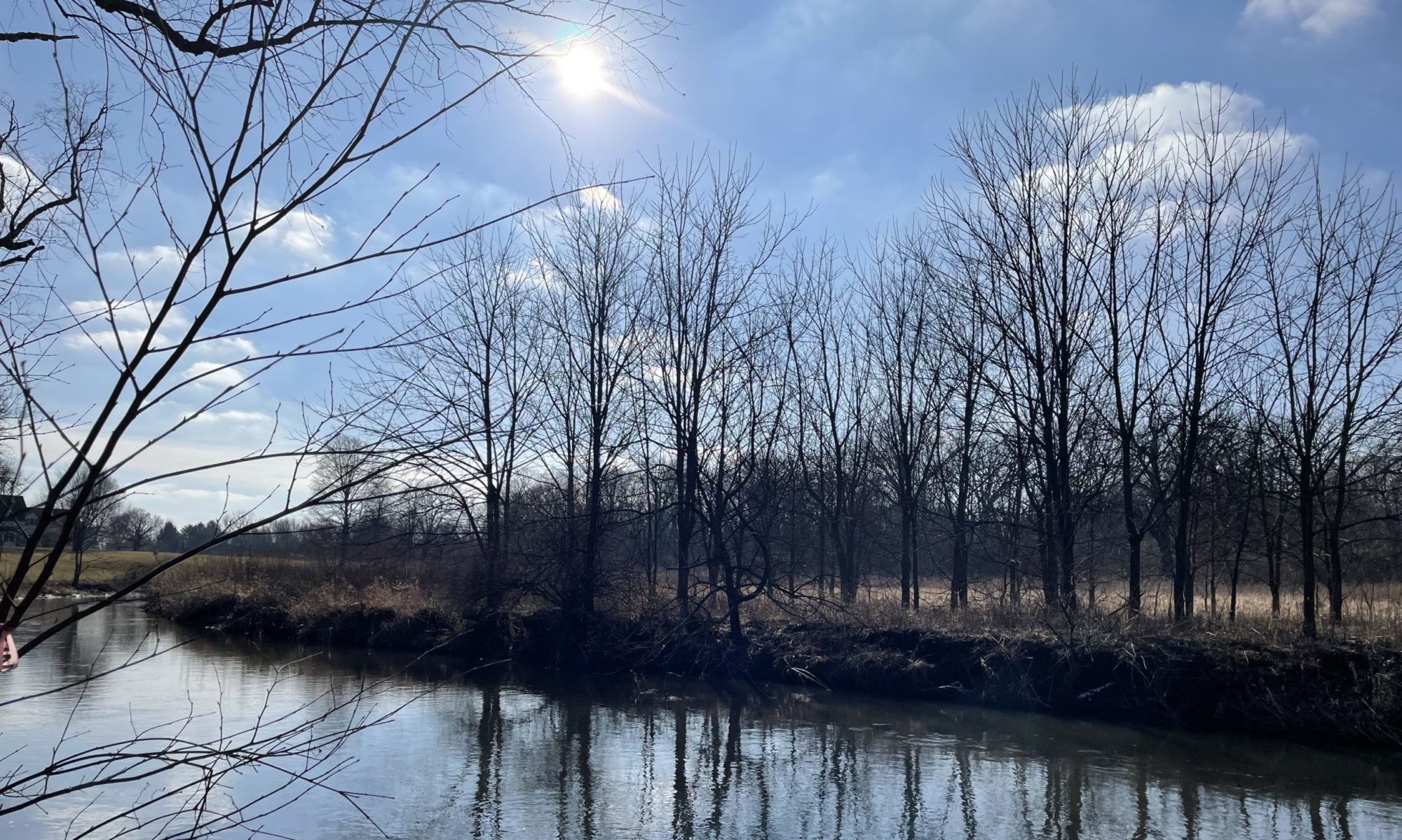 The USDOT and several other transportation agencies around the nation have been paying close attention to the emergence of the smart car. Over the last few years, they have funded research in this technology and studied how to integrate it into the existing system. And now, they are reaching out in several ways to share what they have learned and seek input from the public and other professionals to help develop guidance for connected vehicles. Here is an excerpt of the notice from FHWA:
The USDOT and several other transportation agencies around the nation have been paying close attention to the emergence of the smart car. Over the last few years, they have funded research in this technology and studied how to integrate it into the existing system. And now, they are reaching out in several ways to share what they have learned and seek input from the public and other professionals to help develop guidance for connected vehicles. Here is an excerpt of the notice from FHWA:
"The Federal Highway Administration plans to issue deployment guidance on connected vehicles to transportation infrastructure owner/operators in 2015. Your input is needed. Tell us what would best support decision making and deployments at the state and local level."
You can read more about this effort and access the link to provide your own thoughts and ideas at http://www.its.dot.gov/connected_vehicle/fhwa2015_connected_vehicles.htm. (The link to provide input was not working for me so if it does not for you, here are the email addresses it is set up to link to: Robert.Arnold@dot.gov and Cynthia.Maloney@dot.gov.) FHWA also collected public input at a session held on Jan. 16, 2014, in Washington, D.C. As the proceedings from that meeting become available, they will also be provided at that site.
Before providing input, FHWA suggests people read an article in Public Roads, Linking Drivers and Roads, to get more background on the technology and potential benefits which include the ability to:
- deliver more accurate and robust hazard warnings to drivers
- collect data for use in improving the transportation system
- deliver vehicle location and speed information to traffic signals to adjust phasing and avoid vehicle idling
- deliver road conditions to State and local agencies to help improve maintenance and service
- deliver traffic and transit information to help travelers select optimal routes
- provide specific, dynamic warnings that are more reliable than static signs and more likely to capture drivers' attention
- provide invehicle alerts to drivers about potential violations of upcoming red lights
- alert motorists when it is unsafe to enter intersections
- alert the motorist to slow down if a driver's current speed is unsafe for traveling through an upcoming road curve
- implement crash avoidance systems
- inform visually impaired pedestrians of when to cross at intersections and how to remain aligned with crosswalks
- allow for smartphones of registered blind users to alert traffic signal controllers and drivers to the presence of visually impaired pedestrians waiting to cross
- enable granting buses priority at traffic signals based on factors such as number of passengers, schedule and headway adherence, service type, and peak direction of travel
- provide travel information to commercial vehicle operators, including freight-specific route guidance, and facilitate coordinated load management to reduce empty-load trips
- facilitate integrated transit operations, such as passenger connection protection, transit dispatching, and new forms of operational practices intended to enhance dynamic ridesharing
Another interesting section in the article summarizes the studies funded by FHWA and provides links to their findings.There are at least five other resources cited where you can learn more about this technology.
I've included a few more resources below for those who are interested in reading more about this technology:
USDOT Connected Vehicle Research Page: http://www.its.dot.gov/connected_vehicle/connected_vehicle.htm
Videos discussing connected vehicles from the opening session of ITE 2013 Annual Meeting and Exhibit in Boston, MA. http://www.ite.org/connectedvehicle/openingsession.asp
Tom Bamonte Twitter Stream (Tom regularly posts links to stories about driverless technology) : http://twitter.com/tombamonte


